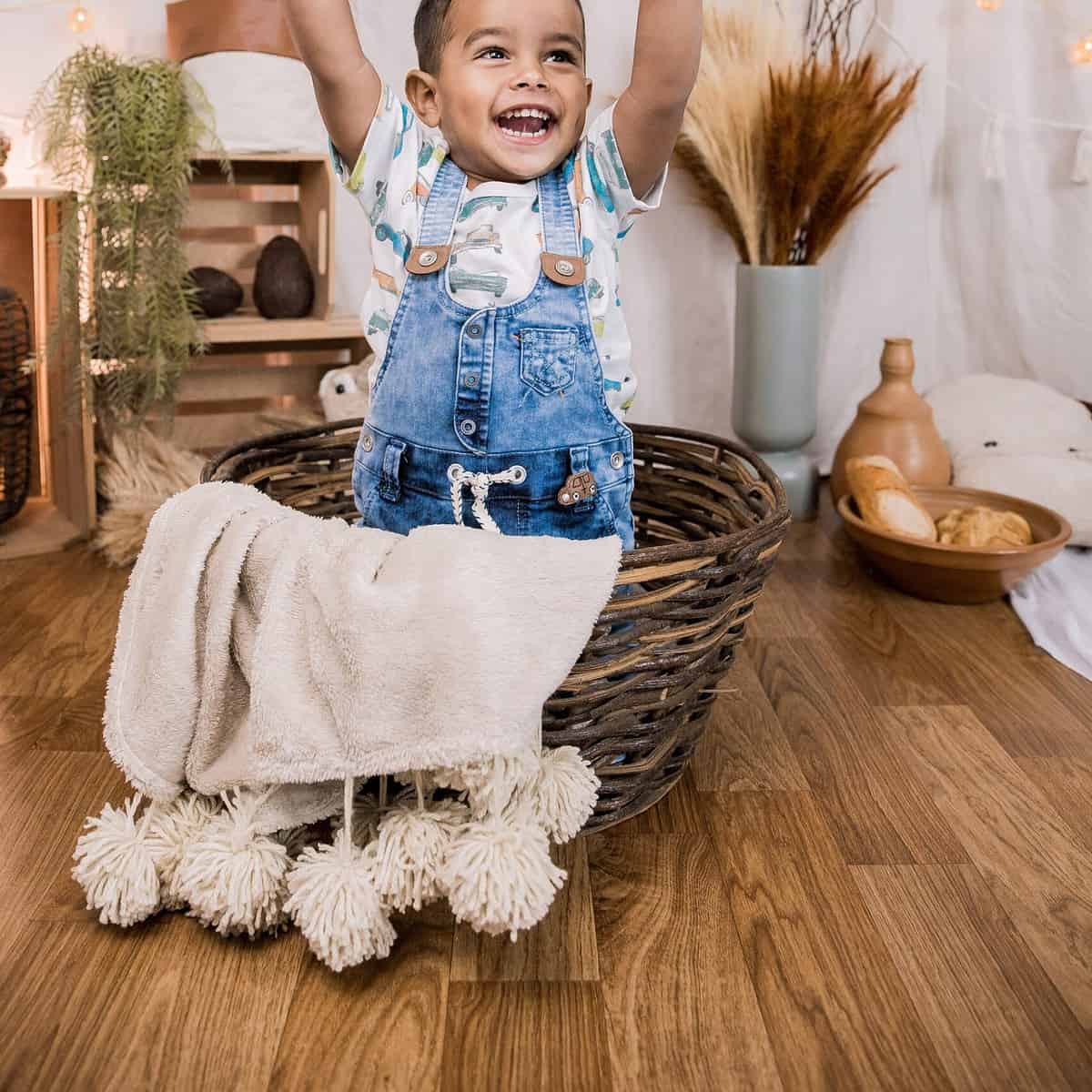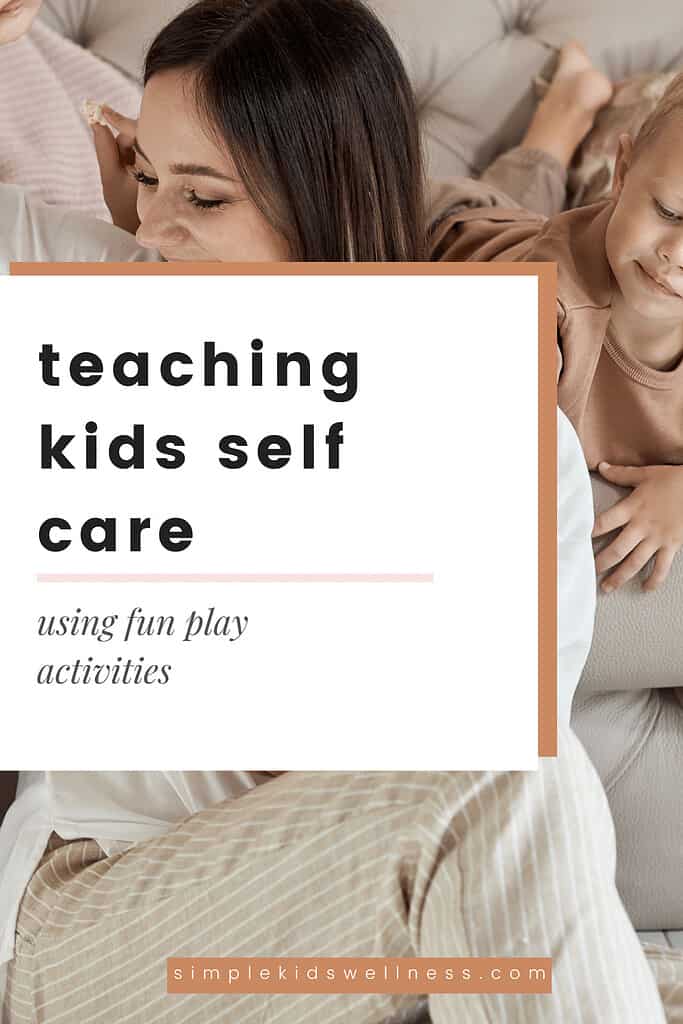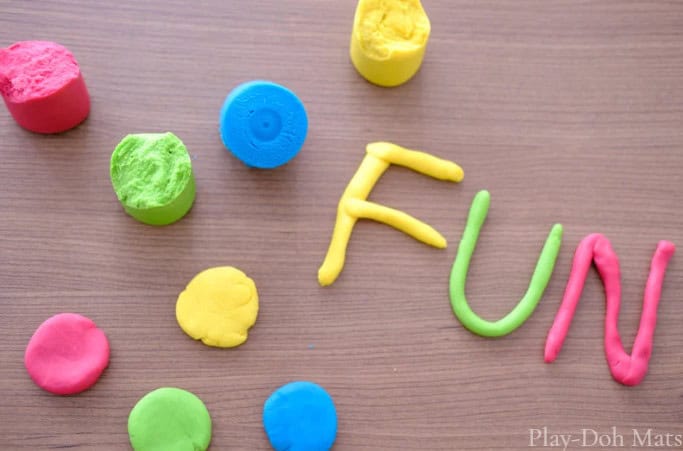Teaching Kids About Self Care: How to Use Fun Play Activities
Today, I want to talk to you about teaching kids about self care through playtime activities!
Now, I know you might be thinking, “playtime is just for fun, how can it be related to self-care?” But hear me out. When we take time to play and have fun, we’re not only making memories and bonding with our little ones, but also teaching them important life skills like relaxation, creativity, and self-expression. Self care for kids can become a regular part of life and teach them important self-regulation skills.
And the best part is, it doesn’t have to be hard. In fact, some of the most effective self-care activities for kids are the simplest. Think coloring, building with blocks, or playing dress up. These activities allow them to tap into their imagination and let their guard down, which is key to promoting self-care.
Teaching kids about self care has become increasingly important in today’s busy world. Children need to learn how to care for themselves and manage their emotions. Playtime activities are an excellent way to help kids learn about self-care, with tips like mindfulness and relaxation exercises easily implemented into playtime activities.
Self-care activities can also give children a sense of structure while teaching them valuable life skills such as resilience and problem-solving. Introducing self-care activities into playtime can help kids develop healthy habits that will stay with them throughout their life.
So, if you’re looking for ways of teaching kids about self care in a fun and age-appropriate way, stick around. I’ll be sharing some of my favorite playtime activities.
Let’s get started on this fun and rewarding journey of teaching kids about self care through playtime activities.
The Benefits of Teaching Kids About Self Care
Introducing self-care activities into playtime is a great way to teach children to look after their mental and physical well-being. Self-care activities such as mindfulness, relaxation, and breathing exercises can help kids better understand their emotions, build resilience and foster healthier coping skills. Some of the benefits of teaching kids about self care include:
- Improved physical health – Taking time to nurture your body can help kids maintain a balanced lifestyle and stay healthy.
- Stronger emotional resilience – Self-care activities can help kids to cope with stress and manage their emotions more effectively.
- Increased self-awareness – When children take the time to tune into their own needs, they can become better aware of their thoughts, feelings, and strengths.
- Improved self-esteem – Practicing self-care helps kids to feel good about themselves and boosts their confidence.
- Greater focus and concentration – Taking breaks for self-care activities can help kids become more focused on the tasks at hand.
- Enhanced creativity – Allowing themselves downtime time to relax or engaging in activities that promote creativity can boost mood and refresh mental health.
By incorporating self-care activities into playtime, kids can learn to to care for themselves and foster habits that will support them throughout their lives.
Tips for Incorporating Self-Care Activities into Playtime
Teaching kids about self care through playtime activities is an important skill to nurture. Parents and caregivers need to ensure that children learn to recognize and respond to their needs to grow into healthy, capable adults. Incorporating self-care activities into playtime can be a fun and effective way to teach children how to care for themselves. Below are a few tips.
1. Get creative with activities – think outside the box to find fun ways to incorporate self-care into playtime.
2. Take regular breaks – give your kids a few minutes of downtime between activities.
3. Make it a habit – try to make self-care part of their daily routine, so it becomes second nature and easier to incorporate into playtime.
4. Use calming techniques – practice deep breathing and mindfulness during playtime for extra relaxation benefits.
5. Communicate their needs – train your kids not to be afraid to ask for help and ensure their needs are heard and respected by others.
6. Prioritize self-care activities – schedule time for self-care and stick to it as much as possible,
7. Make it a habit – self-care activities should become a regular part of playtime. Try to make it a consistent part of your routine, as it will help reinforce the importance of self-care and help kids develop healthy habits.
8. Make it meaningful – self-care activities should be meaningful to help children understand their emotions and needs. Try to focus on activities that help kids recognize and express their emotions.
9. Encourage positive thinking by teaching kids positive thinking techniques to help them cope with stressful situations. Try activities that encourage positive thinking, such as affirmations and journaling.
10. Have fun! Self-care activities should be fun for kids – ensure you engage them and make it a positive experience. Try activities like drawing, singing, and dancing to keep playtime fun and engaging.
Some examples of fun playtime activities that incorporate self-care
Soft belly breathing
This is breathwork, an important tool to help children combat stress. But, you can make it a fun playtime activity by pretending to fill up your belly with magic “smoke” that makes you feel happy. And then, slowly blowing the feather of a bird without waking it up. Or, use some other playful analogy. The idea is to inhale through the nose and extending the belly in 4 counts. Hold it for 7 counts and then slowly exhale for 8 counts. The exhale is hard at first, but kids love a challenge.
Drawing
You can use drawing for teaching kids about self care, too. What is the scariest thing they can imagine? What tools do they use to defeat it? What does their happy place look like? What is the funniest, silliest thing they can imagine? What would that creature’s house look like? Drawing can be used to help them better understand their emotions or process sadness, anger, or fear.
Coloring
Teaching kids about self care through playtime activities can be as simple as coloring together. Coloring is very calming and promotes mindfulness for kids.
Yoga Animals
Making their bodies into the shapes of animals is a fun playtime activity that also promotes self care. You can use animal yoga cards to help.
Dancing
We’re not talking about dance classes here. We’re talking about crazy, silly, free dancing to kids’ music that gets kids moving and laughing. You can even include some freeze dancing, in which you stop the music and say freeze like a statue or try music and movement activities for preschool. See what crazy poses you can come up with!
Imaginative Pretend Play
This is, of course, classic pretend play with various props, play silks or thrift store finds, stuffed animals, and the like. Getting lost in their own imaginations is therapeutic and builds neural connections.
Storytelling
Close your eyes together and paint pictures with your words. Maybe do some air drawing as you take turns telling stories that you make up.
Nature Play
The benefits of nature go beyond just getting sunlight. Kids’ self care should definitely include time in nature because of these extra benefits, which include increased attention span and self-control, protect against depression and obesity, and protects against stress. There are many more benefits, so kids should get used to spending time outdoors in wild, natural environments. Plus, nature provides endless play opportunities!
Conclusion
Teaching kids about self care through playtime activities provides many positive benefits.
Not only does it equip them with essential skills that will benefit them in the long run, but it also helps to foster a sense of security and confidence in them.
By incorporating self-care activities into playtime, children can learn to take responsibility for their well-being and develop healthy coping mechanisms for dealing with life’s challenges.








